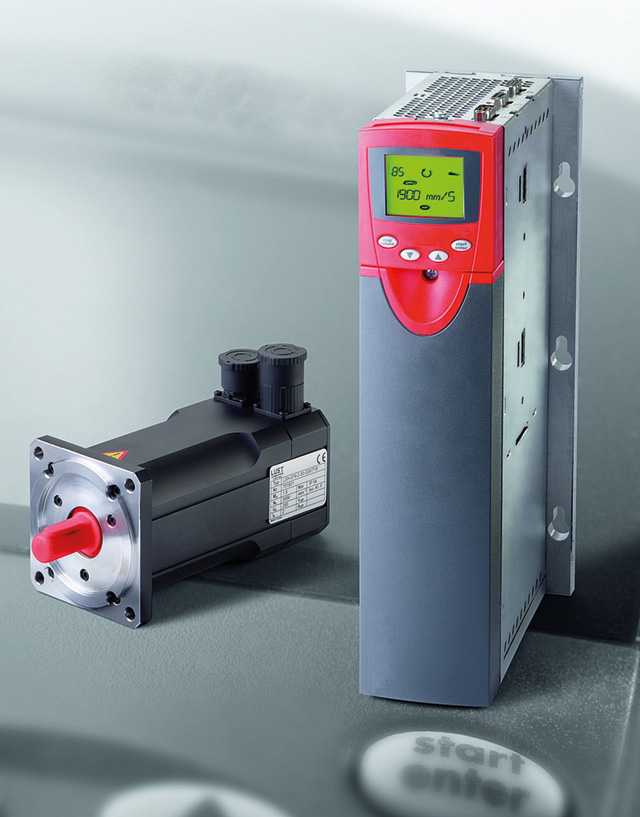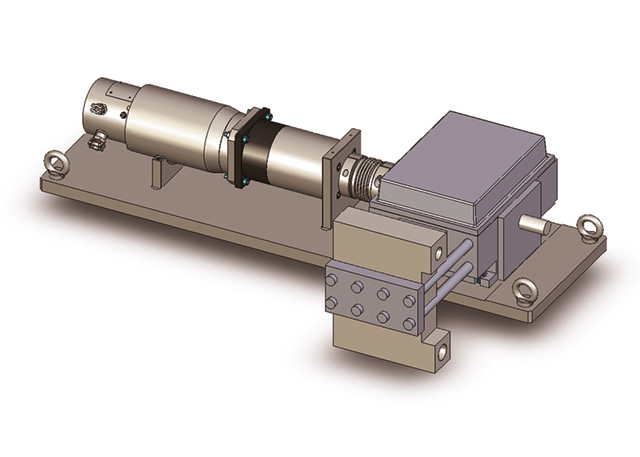The rated output of a motor doesn’t always tell the full story. Andrew Fallows, sales director at Motor Technology, explains.

It might seem surprising, but there are certain operating conditions where servo motors that are theoretically big enough for an application are actually too small.
Too small, that is, in terms of their power rating, which for most applications is a perfectly acceptable way of selecting the right size motor. But not all.
For example, small, precision pumping applications, such as dosing ingredients in the food industry, would typically use an induction motor and inverter. Usually, the pumps would be operating at a fixed speed and the motor-inverter combination would be selected on that basis.
You would then select the motor, most commonly either 2- and 4-pole, for which the resulting speed at 50Hz would be approximately 2,850 and 1,425rpm respectively.
The available torque at the rated speed is what determines the power rating of the motor. As motors are typically operated at their rated speed, using power as a way to specify a motor is appropriate.

But what if they aren’t operated at rated speed?
Servo motors can be operated over a wide speed range, typically in the region of 1:5000, and the torque/speed characteristics are very different. Let’s take a servo motor with a stall, or holding, torque of 7.5Nm and a rated torque of 4.8Nm at 6000rpm as an example.
You could calculate that, based on the figures above, the power rating of the motor is: nominal power (Pn) = (nominal torque Mn × nominal speed Nn) / 9550 = (4.8Nm × 6000rpm) / 9550 = 3.02 kW (where the figure 9550 is a conversion factor to account for converting rpm to radians/sec and watts to kW).
But what if you were running the motor at 3,000 or 4,000rpm – what effect does this have on the power the motor is producing? At 4000rpm the published torque/speed curves indicate the motor will deliver approximately 5.7 Nm and, at 3000rpm, 6.15 Nm. This would equate to approximately 2.39kW and 1.93kW respectively.
There are a number of ways you can harness the full power of the motor by using a gearing mechanism such as belts and pulleys or gearboxes. But these mechanical devices may have restrictions on their speed.
Suppose the motor for our pumping application is destined for a production cell operating under ATEX conditions, where gearboxes are limited to an input speed of 2,300rpm. This motor’s specification gives the rated power as 1.382 kW at 4000rpm, but the power available at 2,300rpm is considerably less at 1.02 kW.
The pumps can be operated well within the gearbox speed restriction, but this means the full speed range of the motor is not being used. Hence a higher kW rating is needed than would be required were it not for the ATEX operating restrictions.
Many workplaces and industrial processes are susceptible to explosive or potentially explosive atmospheres. Examples include applications susceptible to the release of flammable gases, paint spraying, flammable organic dusts like flour, wood and grain and so on.
ATEX regulations will affect all the components in positioning systems, robotics, automation and precision drive systems and the like. Selecting the right size servo motor to provide the correct performance characteristics with a gearbox is a common issue for design and maintenance engineers alike. Knowledge of how to correctly size a servo motor for applications such as this can avoid performance problems that could otherwise easily occur.
Further info:
0161 217 7100 | andrew@motec.co.uk | www.motec.co.uk

